Understanding the 50 Amp Relay
A 50 amp relay is a crucial component in the electrical systems of various applications, particularly in automotive environments. This electromechanical device is designed to control a large current with a smaller current, acting as a sort of electrical amplifier for the system it's integrated into. Its role is pivotal in managing the flow of electricity to functions that require substantial power, such as motors, lights, and other high-current applications.
Types and Applications
The types of 50 amp relays can differ based on their intended use and design specifications. Common types include SPST (Single Pole Single Throw) and SPDT (Single Pole Double Throw) relays, each suited for different electrical circuit requirements. These relays are not just limited to automotive use; they are also found in industrial machinery, marine applications, and heavy-duty equipment, where reliable switching of high currents is necessary.
Features and Materials
A 50 amp automotive relay typically features robust construction to withstand the high current it controls. The materials used in manufacturing these relays include copper or silver alloy contacts for optimal conductivity and durability. The outer casing is usually made from high-grade plastics or metals to protect the internal components from environmental factors and mechanical damage.
Advantages of Using a 50 Amp Relay
Incorporating a 50 amp relay switch into a circuit offers several advantages. It allows for the control of high-power devices with minimal power input, thus protecting sensitive control switches from excessive current. Additionally, it can isolate different parts of a circuit, providing safety and preventing potential damage to the electrical system.
Identifying and Troubleshooting
Recognizing the signs of a failing relay 50 amp is essential for timely maintenance. Symptoms may include erratic behavior of electrical components, such as flickering lights or unresponsive mechanisms. Using a relay tester can help diagnose issues, ensuring that any disruptions in performance due to relay faults are addressed promptly.
Selection Considerations
When selecting a heavy-duty 50 amp relay, it is important to consider the specific requirements of the application, including the voltage rating, terminal configuration, and switching capabilities. Ensuring compatibility with the existing electrical system is crucial for optimal performance and reliability.
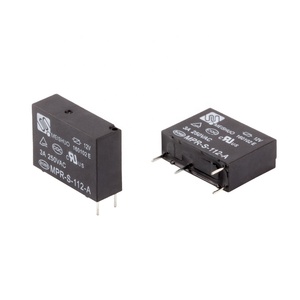


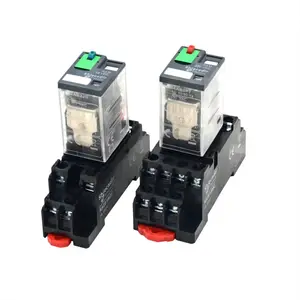

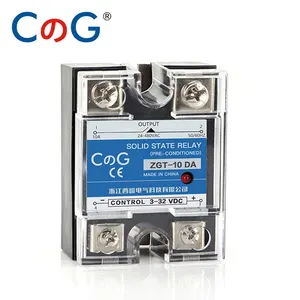



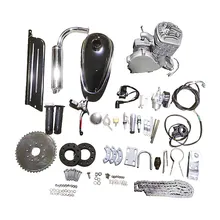





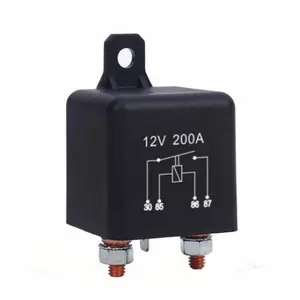


























 浙公网安备 33010002000092号
浙公网安备 33010002000092号 浙B2-20120091-4
浙B2-20120091-4